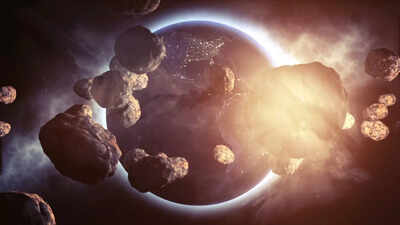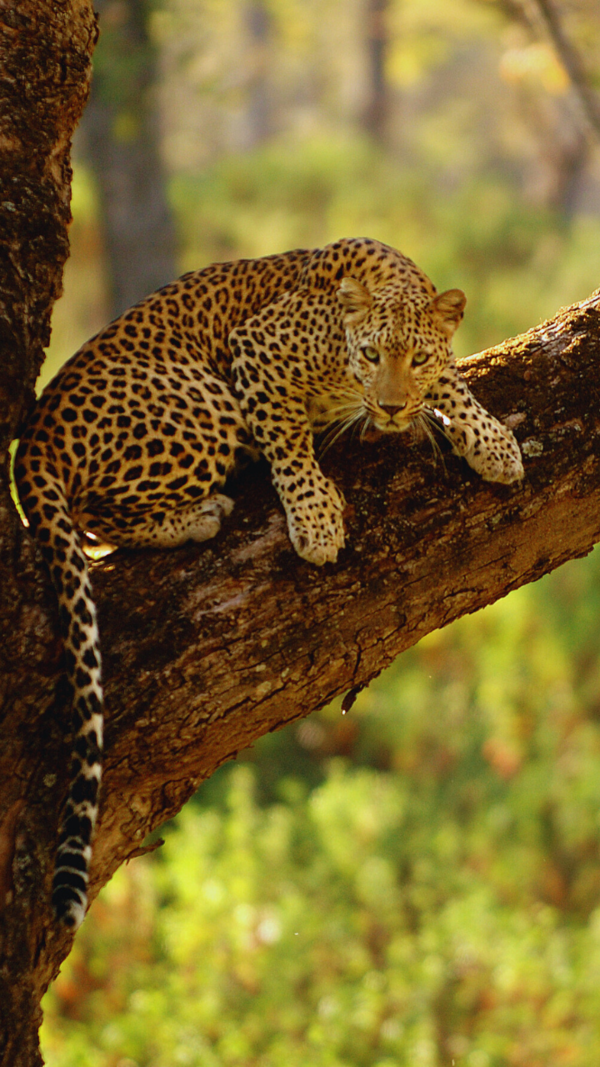Trending
More than one million objects as large as the Statue of Liberty found in the outer solar system– Should we be concerned?
Some are as big as the Statue of Liberty. But these aren’t asteroids from our own solar system– they may have come from an entirely different star system. Scientists are fascinated by these mysterious visitors and are trying to figure out where they came from and what they can tell us about our galaxy.
Deep in space, far beyond our planets and even beyond what we can see with the naked eye, more than a million objects are quietly floating toward us. Some are as big as the Statue of Liberty.
But these aren’t asteroids from our own solar system– they may have come from an entirely different star system. Scientists are fascinated by these mysterious visitors and are trying to figure out where they came from and what they can tell us about our galaxy.
Over one million giant objects on the move?
According to the latest reports presented by NDTV and Money Control, a study shared on arXiv has uncovered something surprising– more than a million large objects, each over 100 meters wide, are floating just beyond our solar system. It might sound like science fiction, but scientists say these objects are real and likely came from Alpha Centauri, the closest star system to us.
Alpha Centauri: Our nearest neighbour in motion

Media reports suggest that Alpha Centauri isn’t just the closest star system to us– it’s also slowly moving in our direction. In about 28,000 years, it will be the closest it ever gets to our Sun, and scientists believe this will bring even more interstellar objects into our solar system. Though this is far in the future, it’s a reminder of how constantly changing and active the universe is, with stars and objects always moving and reshaping space around us.
Why these objects are more than just debris
These massive objects, which may seem like random debris, are far from ordinary. Their existence gives scientists a rare opportunity to study materials from another star system, providing clues about the environment and forces that shaped them. From studying these objects, we can better understand how stars and planets form and how they evolve.
These objects don’t just give us clues about other star systems– they also help us understand how space is constantly in motion, with objects moving between neighboring stars. Are they being drawn toward us by the gravity of stars, or have they been drifting freely through space for thousands of years? Finding the answer could change how we see space travel and even the possibility of life beyond Earth.
Oumuamua and Comet Borisov

As per media reports, we’ve already had a few visitors from outside our solar system, like ‘Oumuamua and Comet Borisov. In 2017, ‘Oumuamua was the first known object to enter our solar system from another star. Its strange shape and speed led to many guesses about where it came from. Then, in 2019, Comet Borisov passed through in a similar way. These discoveries showed that objects from other star systems aren’t just rare– they might be much more common than we thought.
The discovery of these objects has encouraged scientists to keep looking for more. Each one gives us a chance to learn about the makeup of other star systems, helping us better understand the universe.
Asteroid 2024 YR4: A growing risk?
According to the reports, along with these interstellar visitors, scientists are also keeping a close eye on an asteroid closer to Earth– Asteroid 2024 YR4. First spotted in late December 2024, the chances of it colliding with Earth have recently gone up. Initially, the risk was estimated at 1.3%, but now it has increased to 2.3%.
While that still seems low, the asteroid, which is between 130 to 300 feet wide, could cause serious damage if it hit a major city. However, scientists are constantly updating the data and are hopeful that more information will lower the risk. Many asteroids that were once considered high-risk have later been ruled out as threats.

The big picture: The universe is vast and full of surprises
The discovery of millions of interstellar objects reminds us how much we still have to learn about the universe. Knowing that these objects are quietly floating just beyond our solar system is both fascinating and humbling. While the risk of a major collision is low, their presence gives us insight into the vast and complex nature of space.
As technology advances and our knowledge of the cosmos grows, we’ll keep making discoveries that could change our understanding of the universe. The objects drifting through our solar system are just the beginning. With each new finding, we get one step closer to uncovering the many mysteries that exist beyond our world.
End of Article
FOLLOW US ON SOCIAL MEDIA
Visual Stories
Tired of too many ads?









